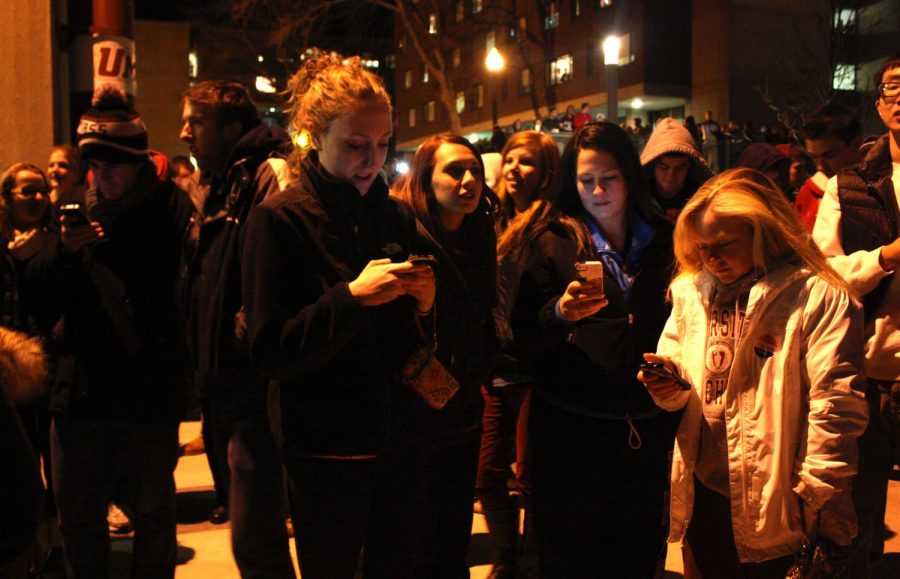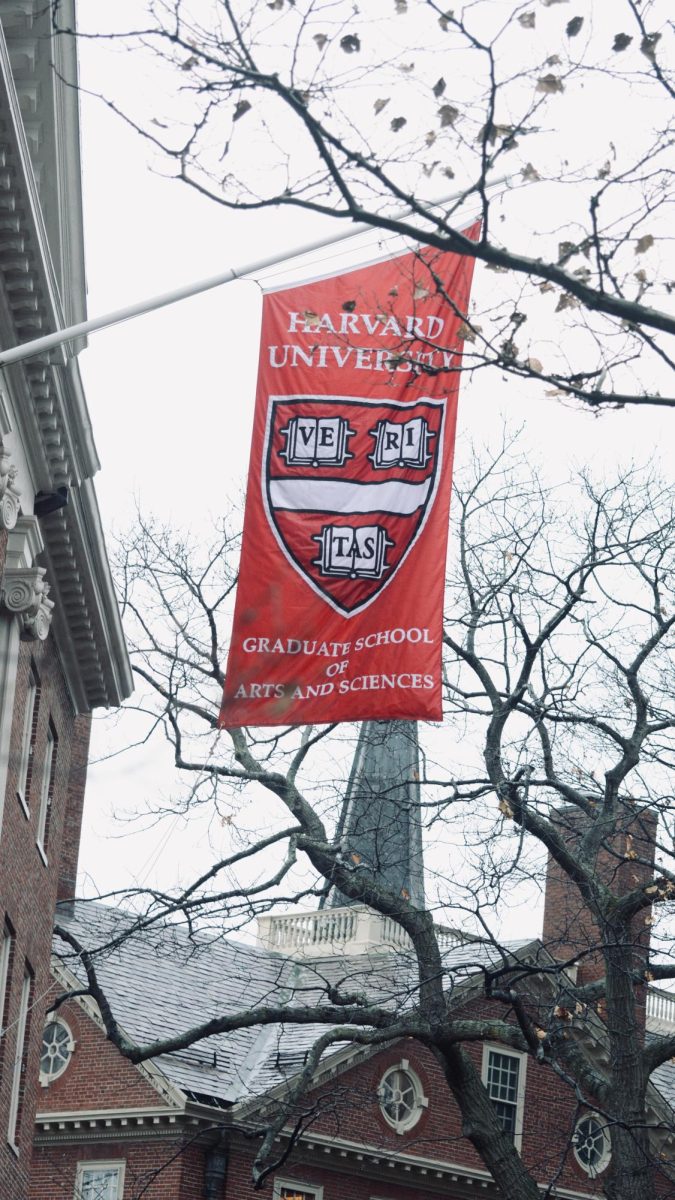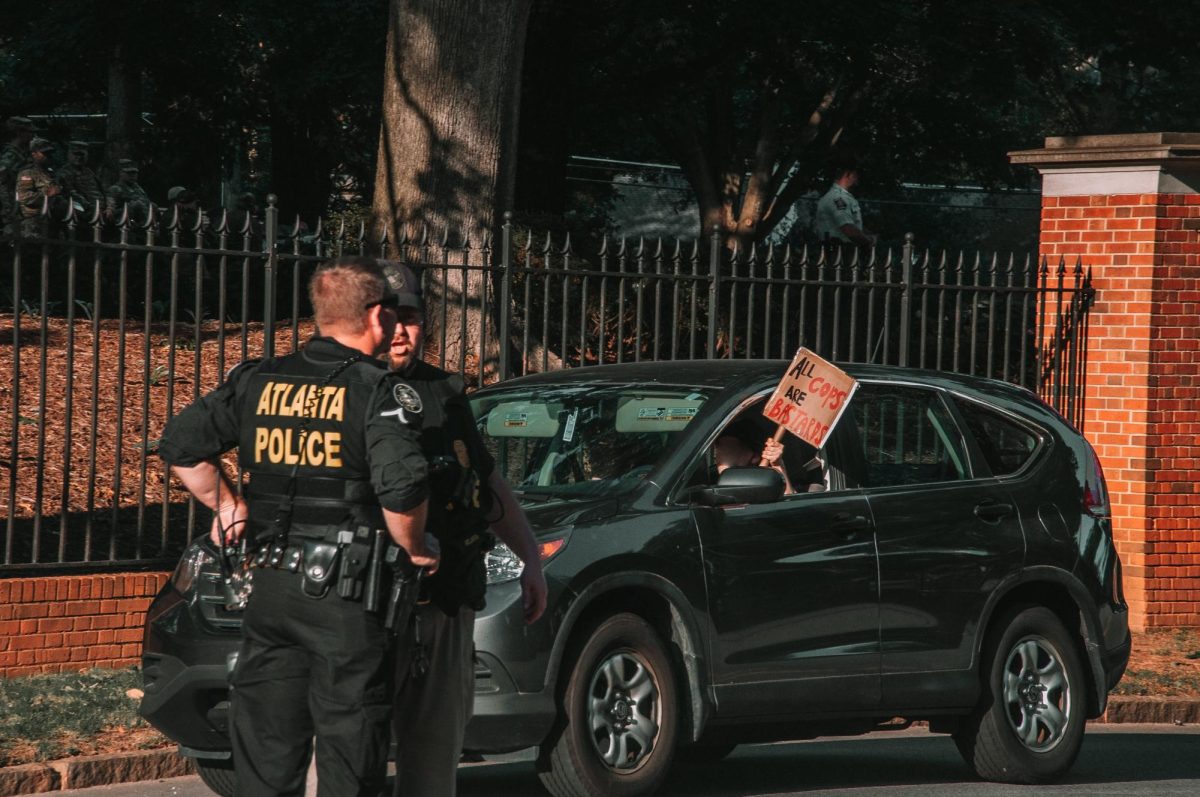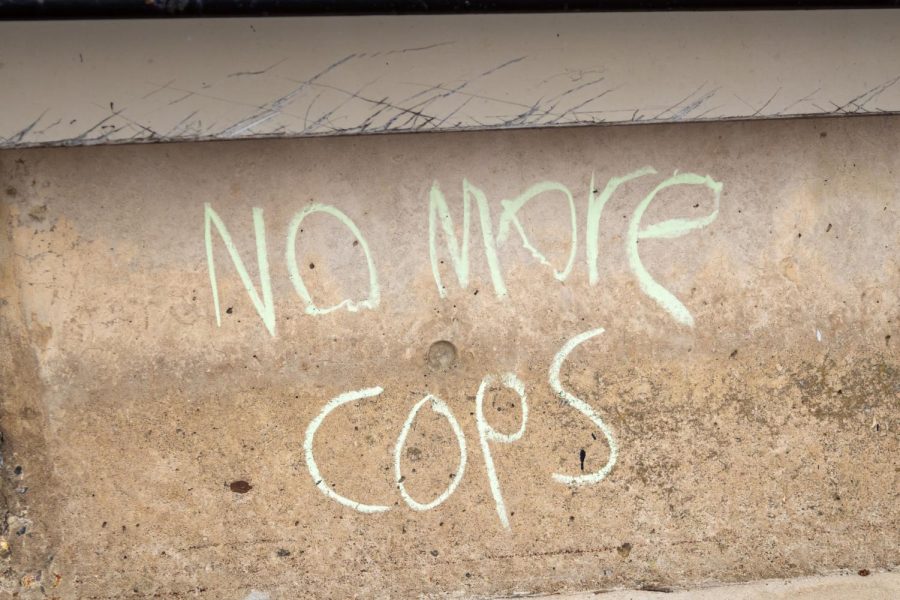Like many people my age, I’ve seen and shared memes. Contrary to what some may believe, memes and politics have always been linked, mostly because memes rely on people having a common context. If they are being shared by and for people who are from the same country and experiencing the same politics, then it makes sense that, like all media, memes would involve politics in some way. Regardless of whether they are overtly political or not, memes spread rapidly and are understood by most people who see them.
I’m going to be honest: I think memes are pretty cool for the nerdiest possible reasons. They’re a more efficient way for my generation to communicate ideas which would otherwise take a long time to express—almost like a code. By definition, a code is a system of symbols substituted for words. I would argue that by breaking down complex ideas into one or two pictures and a few blocks of text, memes are a form of code.
https://twitter.com/dracomallfoys/status/899935787227262976
The above meme, which conveys its idea in one image, could be broken down as follows: The man is “me,” the reader. The woman in the blue shirt, who we assume is his significant other, is looking angrily up at him as he stares at another woman. The woman in the blue shirt, identified as “the unread, untouched books that i have sitting at home,” represents something being ignored, while the woman in the red shirt, “new books at the bookstore,” is the object of “my” attention instead. I don’t think I explained that correctly, but I’m not sure how to do it better, which is why I think the image is the most effective way of conveying the idea: This relatable content, that people buy books instead of reading the ones they already have, could be funny if it was considered from the perspective of “the unread, untouched books.”
The memes I’d like to focus on are the ones which modify pre-existing images. I don’t know why they’re funny, but I genuinely think that modifying images to make new, funny content is akin to found poetry. As such, they should be recognized for the creativity that they require. Found poetry is a poetic form in which poets reframe words, phrases or whole passages from preexisting works or statements to make new poetry. This is how most memes come about. You may remember this one from around 2012 (inspired, of course, by the World War II-era poster): “Keep calm and blog on.”
You might think that people aren’t on board with the “Keep calm and _____ on” meme, but you’d be wrong. As recently as December of 2017, a store on Etsy called Keep Calm Shop received positive reviews from customers.
Memes don’t always have staying power, but when they do they can basically last forever. Think about it: the “Keep Calm” phrase originated in 1939, and while most young people don’t really care for it, we all understand the reference. On the other hand, there are some memes that have brief shelf lives but pack a short-term punch. The most notable examples of this are the memes allegedly put out by Russia to influence the 2016 election. None of them are particularly funny or relevant to 2018, but they had significant influence on the Presidential election; the memes and ads bought by Russia were seen by about 10 million people.
This graphic of Jesus and Hillary Clinton is an actual post shared by the Russian page “Army of Jesus,” released during #TechHearings. pic.twitter.com/XKFLGnoXu4
— Mark Warner (@MarkWarner) November 1, 2017
Obviously, not all memes have the same longevity, impact or influence, but they do all have one thing in common: public interest. No one person can understand every meme, but there is at least one meme for every person, an audience of at least one person for every meme. Memes are the language of my generation. They are the method by which we share ideas and spread information at a rate faster than any generation that came before us.
Sophie Allen is a Collegian columnist and can be reached at [email protected].



















